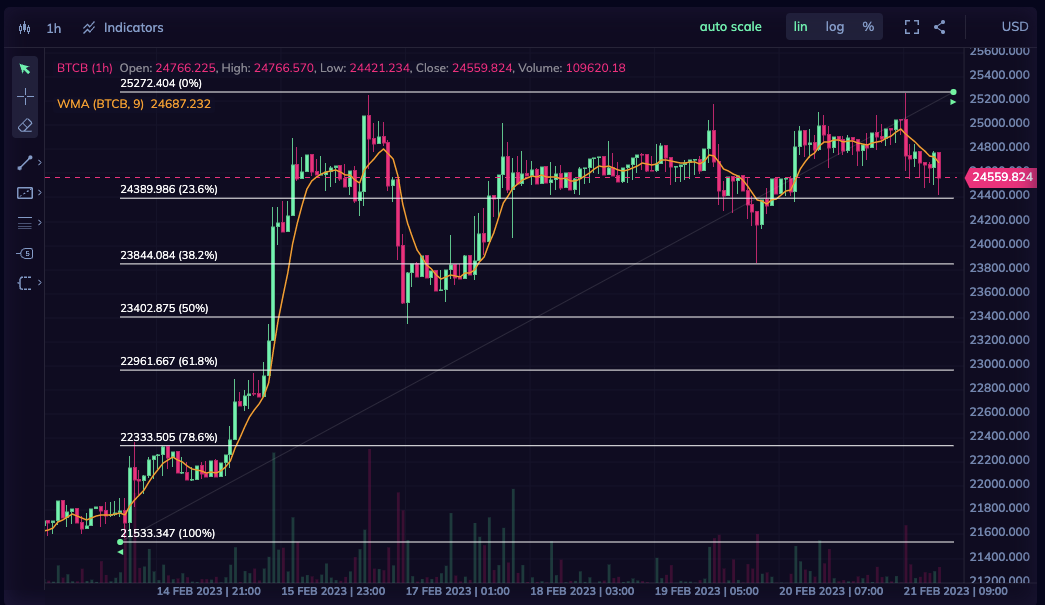Testnets in Crypto
A testnet, short for "test network," is an alternative blockchain used by developers for testing purposes.

To ensure the proper functioning of blockchain networks and their associated applications, developers often utilize testing environments known as testnets. In this educational article, we will explore what a testnet is, its importance, how it works, and some examples of popular testnets in the crypto space.
What is a Testnet?
A testnet, short for "test network," is an alternative blockchain used by developers for testing purposes. Testnets are separate from the mainnet, the primary blockchain network where real transactions and smart contract executions take place. Testnets mimic the mainnet's environment, allowing developers to test new features, applications, and updates without risking real assets or disrupting the main network's functionality.
Why are Testnets Important?
- Risk Mitigation: Testnets provide a sandbox environment for developers to experiment with new features and applications without risking real assets or compromising the mainnet's security. By identifying and addressing potential issues on the testnet, developers can ensure a smoother and safer deployment on the mainnet.
- Application Development: Developers can use testnets to build and test decentralized applications (dApps), smart contracts, and other blockchain-related tools. Testnets provide a realistic environment for testing performance, compatibility, and security before launching applications on the mainnet.
- Network Upgrades: Testnets are crucial for testing network upgrades and protocol changes before implementing them on the mainnet. This process helps identify potential issues, ensuring a smoother transition and minimizing the risk of unintended consequences or network disruptions.
How Do Testnets Work?
Testnets function similarly to mainnets, utilizing the same consensus mechanisms and network architecture. However, testnets operate with their native cryptocurrency, often called "test tokens" or "test coins," which hold no real-world value. Developers can usually obtain these test tokens through faucets or by mining on the testnet, depending on the blockchain's consensus mechanism.
Users can also create test wallets and addresses to interact with testnets, separate from their mainnet counterparts. This separation ensures that any actions taken on the testnet, such as sending tokens or deploying smart contracts, do not impact the mainnet or real-world assets.
Examples of Popular Testnets
- Bitcoin Testnet: Bitcoin has several testnets, with Testnet3 being the most recent version. The Bitcoin testnet allows developers to test new features, wallet implementations, and network upgrades without risking real Bitcoin.
- Ethereum Ropsten Testnet: Ropsten is one of Ethereum's several testnets, utilizing the Proof-of-Work consensus mechanism, much like the Ethereum mainnet. Ropsten enables developers to test dApps, smart contracts, and network upgrades before deployment on the Ethereum mainnet.
- BNB Chain Testnet: The BNB Chain testnet allows developers to build and test dApps, smart contracts, and other applications in a scalable and efficient environment, mirroring the BNB mainnet.
Conclusion
Testnets are an essential component of the cryptocurrency and blockchain ecosystem, providing developers with a safe and realistic environment for testing new features, applications, and network upgrades. By mitigating risks and ensuring the smooth functioning of blockchain networks, testnets play a critical role in the ongoing development and innovation within the crypto space. As the industry continues to grow and evolve, testnets will remain a vital tool for developers.




